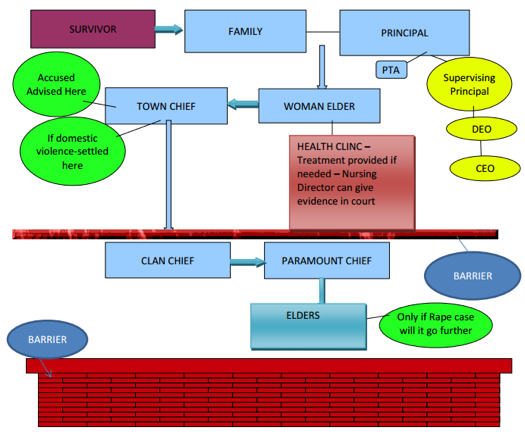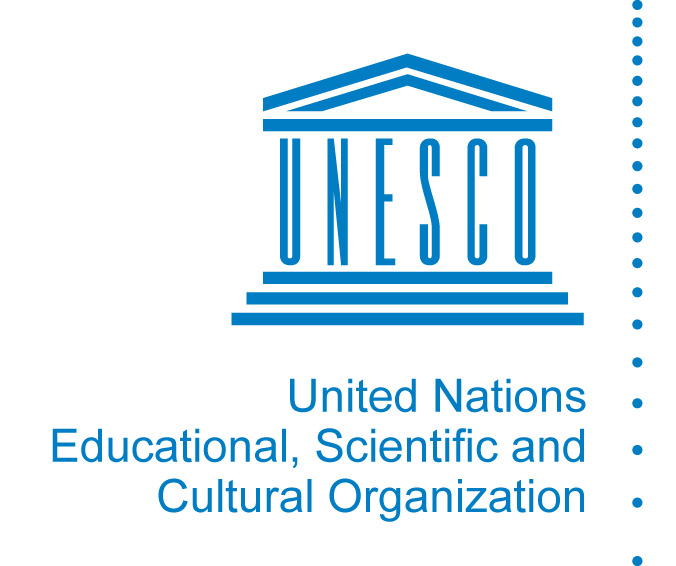What are referral structures?
Students, teachers or members of the school staff who have experienced SRGBV often need a wide range of support. Referral structures are the systems and networks to direct or refer people to relevant assistance from the health, psycho-social, protection, law enforcement and justice sectors.
Referral structures should be in place so that victims/survivors of SRGBV are guided or referred to the services they need, such as medical treatment and services, law enforcement, child protection, emotional support and counselling, and other relevant services.
Schools should know what the reporting and referral procedures and networks are in their communities as well as how to respond to violations of local and national laws. In particular, all schools should know:
- what laws protect a student, teacher or member of the school staff from SRGBV
- how the Code of Conduct protects a student, teacher or member of the school staff from SRGBV
- what local services and organizations exist that victims/survivors of SRGBV can be referred to for additional support.
|
Practical action – How to refer and report cases of SRGBV? Key considerations |
|
Schools should have the necessary information and training to be able to answer the following questions: Referral:
Reporting:
Adapted from: Doorways II training manual by USAID (2009a) |
It is also important to conduct a contextual analysis to understand the more informal referral structures that communities can use, as well as the official referral pathway. A study for Concern Worldwide of the official/unofficial pathways and service providers used to report incidents of GBV (including SRGBV) in Liberia found that further work is needed to educate people about what steps to take if there is an incident of SRGBV. Although there are four steps in the government’s official referral pathway (hospital, police, counsellor, court), people were using 27 steps in an unofficial pathway (Dunne, 2011).
Example of an official and unofficial referral pathway identified in a study of SRGBV in Liberia
Official referral pathway:

Unofficial referral pathway:

|
Country example – Referral programme, USAID C-Change SRGBV Prevention Project, DRC Focal teachers at each school were trained as first-responders to assist students experiencing violence and to refer them to appropriate services (legal, judicial, health, psycho-social), as part of the USAID Communication for Change (C-Change) SRGBV Project in Katanga Province, DRC (2010–2012). Before the project began, only one in four schools had a designated person responsible for SRGBV and referrals. Post-project, all 31 target schools had at least one female and one male teacher designated as a ‘SRGBV focal teacher’. C-Change also produced a visual chart for each classroom, with site-specific contact information for victims or witnesses of SRGBV to seek assistance, including information on the school’s SRGBV focal teacher(s), as well as services available (psychosocial counselling, medical and judicial services). Source: C-Change (2013); Leach et al (2013) |
